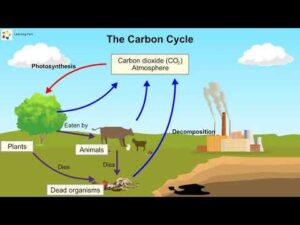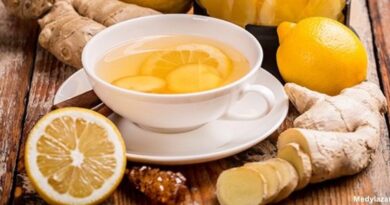Oxygen Cycle- Process, Uses, Production and Facts
What Does Oxygen Cycle Mean?
The oxygen cycle refers to the movement of oxygen through the atmosphere (air), Biosphere (plants and animals), and Lithosphere (the Earth’s crust). The oxygen cycle demonstrates how free oxygen cylinder price is made available in each of these regions and how it is used. Oxygen Cycle- Process, Uses, Production and Facts

As we all know, the air is a mixture of gases. The air in the atmosphere is composed of different gases, namely nitrogen (78%), oxygen (21%), argon, and other trace gases (1%).
According to the Earth’s history, cyanobacteria first introduced oxygen gas through photosynthesis. Earlier, around 4.6 billion years ago, there was no life on Earth because the atmosphere was devoid of oxygen.
Later, there was a gradual increase in oxygen levels, and by the Carboniferous Period- 299 million years ago, oxygen reached stories similar to today’s estimates.
Today, oxygen is freely available in the air and dissolved in water. It is the second most abundant gas in the atmosphere and the most common element of the human body. As a result, it plays an essential role in most life forms on Earth and also serves as a critical element in biomolecules like proteins and nucleic acids.
Read on to explore oxygen, its uses, production, and how it is recycled in a cyclic pattern.
In the Biosphere, the primary cycles are respiration and photosynthesis. Respiration is when animals and humans breathe, consuming oxygen to be used in the metabolic process and exhaling carbon dioxide. Photosynthesis is the reverse of this process and is mainly done by plants and plankton.
The Lithosphere mainly fixes oxygen in minerals such as silicates and oxides. Most of the time, the process is automatic. All it takes is a pure form of an element coming in contact with oxygen, such as what happens when iron rusts. Then, a portion of the oxygen is freed by chemical weathering.
When an oxygen-bearing mineral is expose to the elements, a chemical reaction occurs that wears it down and, in the process, produces free oxygen. Oxygen Cycle- Process, Uses, Production and Facts
Learning Points of Oxygen Cycle:
- The oxygen cycle is the biochemical cycle that helps to move oxygen through the three central regions of the Earth, i.e., the Atmosphere, the Biosphere, and the Lithosphere.
- It involves the production and consumption of oxygen, leading to a constant oxygen level available in the atmosphere.
- Oxygen in the atmosphere is use for combustion, decomposition, and for producing energy, and releasing Carbon dioxide.
- Plants, in the process of photosynthesis, utilize carbon dioxide, which produces oxygen and energy.
- This oxygen goes back into the atmosphere, and the same cycle continues.
Uses of Oxygen
Oxygen has many functions in nature. A few of them include the following:
- Breathing: Humans and other organisms utilize oxygen for metabolism and digesting food. This process helps differentiate cells, breaking down glucose in Glycolysis, Krebs’s Cycle, and helps in the organisms’ absorption and formation of biomolecules. Carbon dioxide is a product of these processes in the body, exhaled by the aerobes.
- Decomposition: It is one of the natural processes that occur in nature. The fungi, bacteria, and insects further decompose the dead and decayed organic matter in the soil and saprophytes in the ground. During the process, they utilize atmospheric oxygen and release carbon dioxide.
- Combustion: It is a process where heat is release by burning organic matter, wood, and fossil fuel in the presence of atmospheric oxygen. Oxygen is an essential element require for combustion. It releases carbon dioxide into the atmosphere.
- Rusting: The oxidation of metals and alloys with prolonged exposure to atmospheric oxygen and moisture is call rusting — oxides of iron form around iron when the iron is in humid conditions for an extended period. New compounds form on the surface of the metal during rusting. Oxygen Cycle- Process, Uses, Production and Facts
Importance of Oxygen
- Because humans and animals depend on oxygen for breathing, oxygen is essential for life to exist.
- In combustion, oxygen also plays a critical function.
- It is vital for respiration.
- Most other gases in the air, accounting for more than 21% of the total gases, are physiologically inert nitrogen.
- This means that the human body only consumes roughly a quarter of its oxygen, leaving plenty for emergency breathing. This is why rescue breathing works: it can provide enough oxygen to sustain life in a non-breathing patient.



